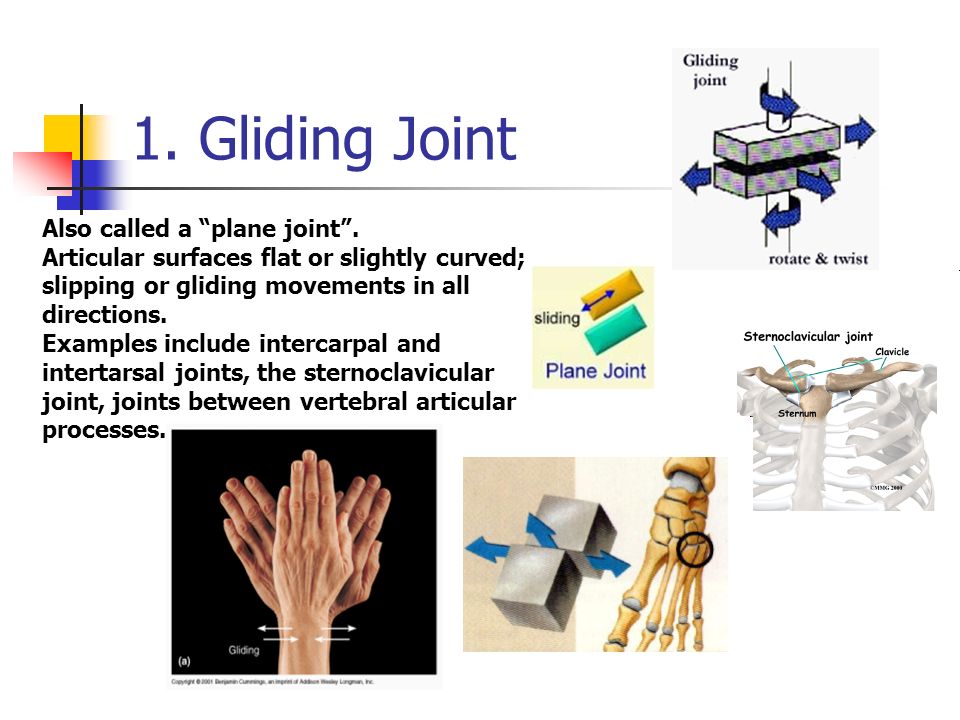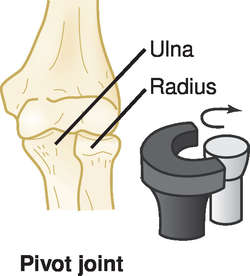Gliding Joint Movement Examples, Gliding Joint Definition Of Gliding Joint By Medical Dictionary
Gliding joint movement examples Indeed lately is being hunted by users around us, maybe one of you. Individuals are now accustomed to using the net in gadgets to view image and video information for inspiration, and according to the title of this post I will discuss about Gliding Joint Movement Examples.
- Joints Read Biology Ck 12 Foundation
- Saddle Joint Definition Movements Examples And Diagrams
- Gliding Joint Definition Of Gliding Joint By Medical Dictionary
- Example Of Gliding Joint In Sport
- Level 3 15 Exercise And Fitness Knowledge Personal Trainer Sub Classification Of Synovial Joints Amac Training
- 8 4e Synovial Joint Movements Medicine Libretexts
Find, Read, And Discover Gliding Joint Movement Examples, Such Us:
- Anatomy Physiology Blizzard Ppt Video Online Download
- Gliding Joint Definition Of Gliding Joint By Medical Dictionary
- Https Www Cabarrus K12 Nc Us Site Handlers Filedownload Ashx Moduleinstanceid 68833 Dataid 271760 Filename Joints 20and 20movement 20types 20workbook 204 2 Pdf
- Joints And Joint Movement Classic Human Anatomy In Motion The Artist S Guide To The Dynamics Of Figure Drawing
- Https Encrypted Tbn0 Gstatic Com Images Q Tbn And9gcsuamrqbcegkej3ig 85yjox4qmnqix4dh3ic 3a1y Usqp Cau
If you re searching for Articular Cartilage Definition Quizlet you've reached the right place. We ve got 104 images about articular cartilage definition quizlet adding pictures, photos, photographs, wallpapers, and more. In these webpage, we additionally have variety of graphics available. Such as png, jpg, animated gifs, pic art, symbol, black and white, transparent, etc.
Joints aka articular surface can be defined as a point where two or more bones are connected in a human skeletal systemcartilage is a type of tissue which keeps two adjacent bones to come in contact or articulate with each other.

Articular cartilage definition quizlet. Examples of amphiarthroses include the intervertebral disks of the spine and the pubic symphysis of the hips. Gliding angular rotational or special movement. Normal joint surface movement is necessary to ensure long term joint integrity.
The carpometacarpal joint at the base of thumb which is formed between the first metacarpal and trapezium bone is a saddle joint. The opposed surfaces of the bones are flat or almost flat with movement limited by their tight joint capsules. The types of movement a saddle joint allows are flexion extension adduction and abduction.
Typically they are found in the wrists and ankles. Joints help in bringing about movements in different parts of the body. 3 types of joints are synovial joints fibrous joints and cartilaginous joints.
The sutures of the skull and the gomphoses that connect the teeth to the skull are examples of synarthroses. An amphiarthrosis allows a slight amount of movement at the joint. These joints can be described as planar hinge pivot condyloid saddle or ball and socket joints.
A joint that permits no movement is known as a synarthrosis. Gliding joint a plane joint arthrodial joint gliding joint plane articulation is a synovial joint which under physiological conditions allows only gliding movement. Synovial joints are further classified into six different categories on the basis of the shape and structure of the joint.
Joint surfaces move with respect to one another by simultaneously 1 rolling 2 gliding and 3 spinning. The shape of the joint affects the type of movement permitted by the joint figure 1926. Learn about the different types of joints and their structure and function.
Look it up now. Joint in humans and other animals structure connecting two or more adjacent parts of the skeleton. The movement of synovial joints can be classified as one of four different types.
As compared to a hinge or gliding joint a saddle joint provides more flexibility and stability to the bones. Diarthroses are joints that allow for free movement of the joint as in synovial joints. The wide range of movement allowed by synovial joints produces different types of movements.
Movement at synovial joints.
More From Articular Cartilage Definition Quizlet
- Diagram Of The Different Parts Of The Nervous System
- Endocrinologist Near Me Thyroid
- Hinge Joint Wire Sizes
- Hinge Joint Is Present Between
- Peripheral Nervous System Examples
Incoming Search Terms:
- Gliding Joint Gliding Joint Flattened Faces Slide Only Slight Movement Nonaxial Anatomy And Physiology Musculoskeletal System Physiology Peripheral Nervous System Examples,
- Ppt Joints Of The Human Body Powerpoint Presentation Free Download Id 176716 Peripheral Nervous System Examples,
- Joints Joints In Human Body Human Body Bones Human Body Peripheral Nervous System Examples,
- Gliding Joint Definition Of Gliding Joint By Medical Dictionary Peripheral Nervous System Examples,
- 8 4e Synovial Joint Movements Medicine Libretexts Peripheral Nervous System Examples,
- Different Joints Have Different Degrees Of Freedom Movement In A Place Which Is Determined By The Structure Of A Synovial Joint Joints Anatomy Anatomy Bones Peripheral Nervous System Examples,









